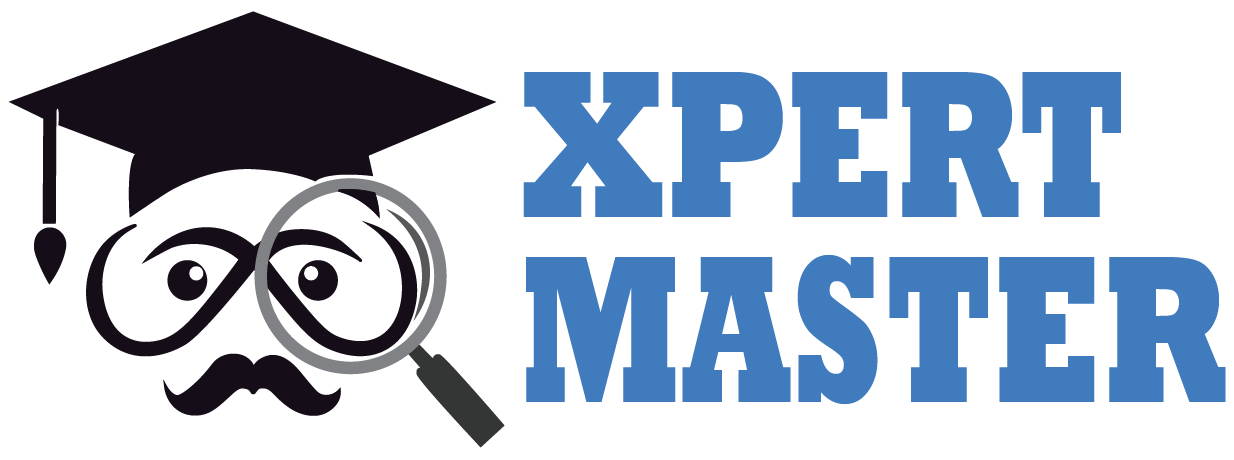UGC Regulations on Plagiarism: Prevention of Plagiarism
The UGC has introduced standard regulations to develop academic integrity and introduce anti plagiarism in research and academic work. The UGC (Promotion of Academic Integrity and Prevention of Plagiarism in Higher Educational Institutions) Regulations, 2018, serve as a framework to continue fair practices in scholarly journeys.
Understanding Plagiarism
Plagiarism is the act of using other’s work, expressions without proper credit, presenting it as one’s own. This unfair practice undefined academic credibility and breaks trust in the education system. The UGC’s regulations highlight this issue by implementing stringent measures in higher education institutions (HEIs).
Applicability of the Regulations
These rules are applicable to all students, researchers, faculty, and staff involved in writing academic and research content, examples are dissertations, reports, publications, and projects.
Classification of Plagiarism
The UGC Plagiarism has four levels based on the percentage of similarity detected:
- Level 0 (Up to 10%): Considered fine; no penalty is imposed.
- Level 1 (10%-40%): needs resubmission of the document after correction.
- Level 2 (40%-60%): Leads to ban from submission for one year.
- Level 3 (Above 60%): Results in cancellation of the research work.
Penalties and Monitoring
It is mandatory for higher education institutions to adopt plagiarism detection tools and implement Academic Integrity Panels (AIP) to examine and address plagiarism cases. Penalties are altered to the severity of the violation, ensuring anti plagiarism rules while maintaining academic standards.
Promoting a Culture of Integrity
The regulations concentrate on creating awareness through workshops and training sessions on academic beliefs and proper referencing/ crediting techniques. By following these values, the UGC aims to develop a pure culture of honesty and respect for intellectual property.
In conclusion, the UGC’s plagiarism regulations are a great step toward safeguarding the credibility of Indian education. By adhering to these guidelines, HEIs can uphold accurate research practices and contribute to a robust educational ecosystem.
How Much Turnitin Plagiarism Is Accepted for Publishing a Book?
Introduction:
When it comes to publishing a […]
How to Submit Your Thesis Without Plagiarism: Our Turnitin Report Service in India
Introduction
Writing a thesis is one of […]
Why Turnitin Plagiarism Check is Essential for International Research Collaboration
Introduction
International research collaborations are becoming increasingly […]
How to Improve Your Turnitin Report Score for Research Papers in India
Introduction
For students and researchers in India, […]
The Role of Turnitin in Academic Research and Publication in India
Introduction
Academic research and publication are central […]
Is Your Thesis Plagiarism-Free? How Turnitin Reports Can Help Indian Students
Introduction
Writing a thesis is a monumental […]


